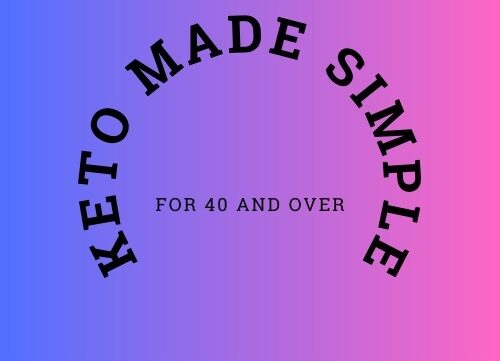Table of Contents
Starting a keto diet can be tricky. The simple way to being successful on the keto diet is to know which foods are loaded with carbs, and which contain only traces. There are, however, a handful of foods that contain zero carbohydrates. These foods will become your fail-safes on the ketogenic diet. Any food other than oil (which are 100% fat) will contain trace carbs. Even animal products have small amounts of carbohydrates. Taking the guesswork out of your food choices is a great way to keep a basic keto food list and allow you to focus your mind on more important things. Without further ado, here’s your ultimate basic keto food list.
Zero Carb Fats and Oils
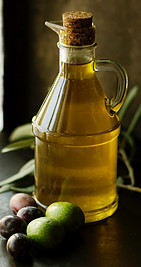
- Avacado oil
- Coconut oil
- Ghee
- Butter 100% from Grass fed cows
- Olive oil (all types)
- MCT oil
- Lard
- Beef fat
- Bacon grease
- Macadamia nut oil
Not all fats are created equal. Some oils use chemicals in their processing, or the fatty acid profile is sub optimal. Most vegetable oils, are high in omega-6 fatty acids, which can become inflammatory when consumed in excess. These fats may also block the anti-inflammatory activity of other fats like omega-3’s. For this reason, it’s best to avoid oils that are high in omega-6 fatty acids like.
Oils To Avoid (Vegetable Oils)
- Corn oil
- Soybean oil
- Canola
- Peanut oil
- Sunflower oil
- Safflower oil
Meat
Almost all fresh meat will fall under the zero carb category on the basic keto food list, whether it’s a lean, low-fat protein or a marbleized, high-fat protein. Meat is mostly protein and fat and should be a staple for your ketogenic diet.
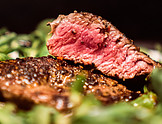
- Lamb
- Duck
- Goose
- Turkey
- Venison
- Veal
- Pork
- Beef
- Bison
- Organ meats (kidney, heart, tongue)
Processed meats are OK but keep an eye out for sneaky carb ingredients. Many food companies will add sugar, spices, and flavorings that can up the carb count. This certainly isn’t enough to kick you out of ketosis but could add up if over consumed. To avoid extra carbs, check out the nutrient breakdown on the food label.
Zero-Carb Seafood
Another high-protein food option is seafood. And there’s an abundance of seafood in the zero carb category on the basic keto food list.
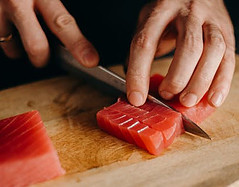
- Bass
- Swordfish
- Mackerel
- Sardine
- Halibut
- Haddock
- Sole
- Flounder
- Salmon
- Cod
- Tuna
- Catfish
Low-Carb Seafood
There are a few seafood options that don’t fall under the zero-carb category but still offer an excellent low-carb option.
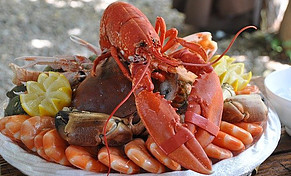
- Shrimp
- Lobster
- Clams
- Scallops
- Mussels
- Oysters
- Crab
Beverages
There are plenty of zero carb drink options with water being number #1 of course but there are several others too.

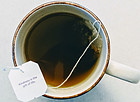

- Water
- Tea
- Sparkling water (unsweetened naturally flavored)
- Soda Water
- Diet sodas (Some may spike insulin in some individuals)
- Water (unsweetened naturally flavored)
- Coffee (Black Only or with small amounts of approved sugar alternative
Sugar Alternatives
There are a handful of sugar alternatives that are safe to consume on a keto diet.

- Stevia extract (can be found in liquid form or powder)
- Monk fruit (can be found in liquid form or powder)
- Erythritol (a sugar alcohol — more on this below)
- Swerve sweetener ( a mix of stevia and erythritol)
You also want to be aware of artificial sweeteners like aspartame and sucralose. These two sugar alternatives can be found in many low-quality sugar-free foods.
- Splenda {Sucralose} (may spike insulin in some individuals)
- Aspartame (may spike insulin in some individuals)
Condiments

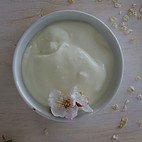
Options are safe bets as long as there are no sugars added. Unfortunately, many companies will add sugar to condiments to enhance the flavor, so make sure you always check the ingredients labels. If you’re looking for the healthiest possible options, avoid the ones that contain canola oil, and opt for avocado oil-based or olive oil-based mayonnaise.
- Mayo (no fat free)
- Mustard (no honey )
- Vinegar
- Hotsauces
Very Low-Carb Vegetables
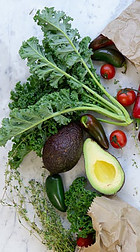
Vegetables are made up mostly of carbohydrates. However, there are plenty of low-carb vegetables on the basic keto food list.
- Broccoli
- Celery
- Spinach
- Watercress
- Zucchini
- Arugula
- Cauliflower
- Bell pepper
- Tomato
- Cabbage
- Bamboo shoots
- Mushrooms
- Swiss chard
- Avocado
- Bok choy
- Collard greens
- Mustard Greens
- Kale
Most vegetables contain high amounts of dietary fiber. This creates a category of foods that can be considered very low-carb. These are foods containing indigestible carbs. Dietary fiber is an indigestible carbohydrate because your body cannot fully break it down on its own. So to keep it simple, carbs in most vegetables cancel out to almost zero carb when eaten.
Very Low-Carb Eggs and Dairy Products
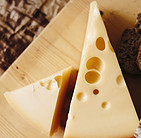
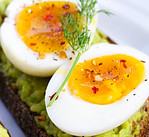
- Eggs
- Heavy cream
- Asiago cheese
- Blue cheese
- Goat cheese
- Colby cheese
- Havarti cheese
- Mozzarella cheese
- Parmesan cheese
- Provolone cheese
- Cheddar cheese
Very Low-Carb Nuts And Seeds
Most nuts and seeds are a fantastic source of fiber and are very low-carb.
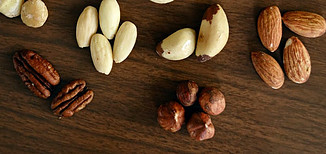
- Chia seeds
- Flaxseeds
- Brazil nuts
- Hemp seeds
- Sunflower seeds
- Pumpkin seeds
- Macadamia nuts
- Pecans
- Almonds
- Walnuts
Seasonings
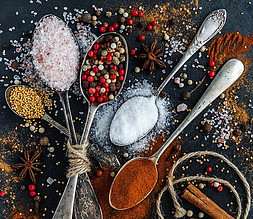
Most herbs are used in small quantities, lending them to the no-carb category. Below is a list of no-carb, keto-friendly herbs and spices on the basic keto food list.
- Salt
- Black pepper
- Oregano
- Rosemary
- Thyme
- Basil
- Dill
- Chives
- Cinnamon
- Chili powder
Some seasoning blends will add sugar to increase the sweet flavor. Single herbs are typically a safe bet, but always keep an eye out for the blends that don’t list all of their ingredients.
Conclusion
There are plenty of low-carb and no-carb foods, you just need to know where to look and how to determine which ones are best for you.Always peek at the ingredients of packaged food. That’s where hidden sugars often reveal themselves. You may be surprised by the added sugars and other sources of carbohydrates that wouldn’t be obvious from the front of the package or the nutrition label.
Quality plays an incredibly important role in the keto diet, especially when it comes to healthy fats and animal products. If you want to reap the health benefits of a ketogenic diet, then focusing on high-quality food is a must.
Make sure you read your nutrition labels to figure out what foods work best for your body.
This may seem obvious, but creating meals around no-carb-category foods will help ensure that you’re staying within your target carb count. Don’t forget that leafy greens are essential to the keto diet. So, load up on salad and kale whenever you can.
